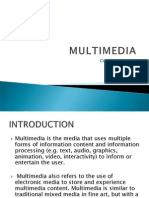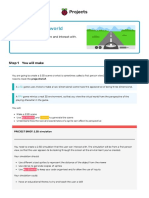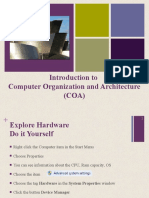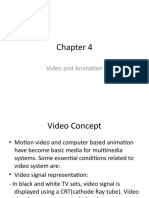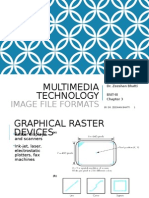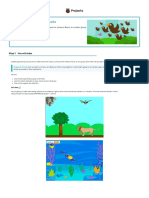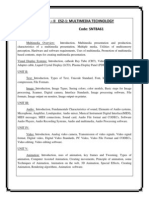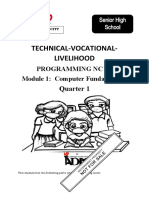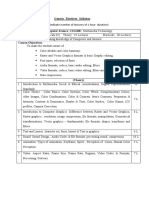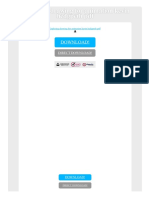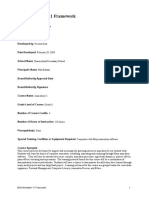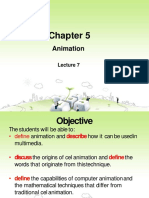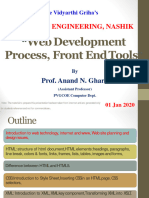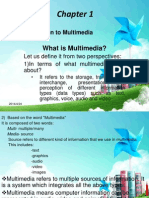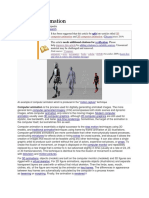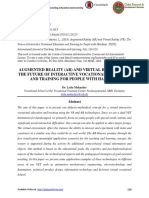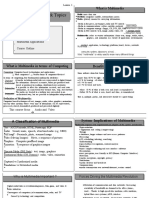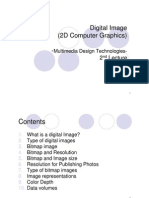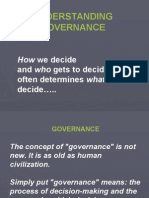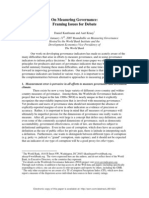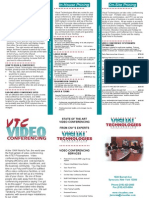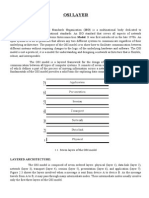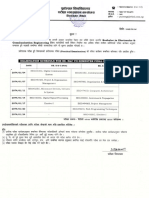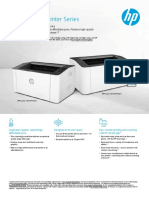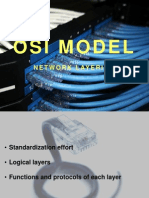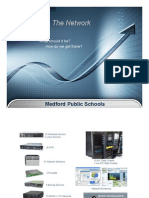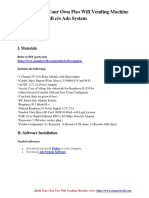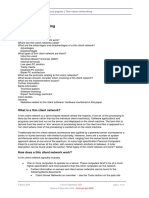100% found this document useful (1 vote)
9K views22 pages01-Introduction To Multimedia
This document provides an overview of a course on Multimedia Design Technologies. It introduces the instructor, course details, topics to be covered, tools to be used, assessment methods, textbooks, and concludes with thanks. The course aims to provide basic understanding and skills in multimedia design and will cover topics like graphics, image processing, file formats, sound and video digitization, and multimedia programming. Students will learn to use tools like Photoshop, Illustrator, Flash, and Premiere and will complete projects individually and in groups. Assessment will include attendance, quizzes, exercises, and mid/end-term projects.
Uploaded by
curlicueCopyright
© Attribution Non-Commercial (BY-NC)
We take content rights seriously. If you suspect this is your content, claim it here.
Available Formats
Download as PDF, TXT or read online on Scribd
100% found this document useful (1 vote)
9K views22 pages01-Introduction To Multimedia
This document provides an overview of a course on Multimedia Design Technologies. It introduces the instructor, course details, topics to be covered, tools to be used, assessment methods, textbooks, and concludes with thanks. The course aims to provide basic understanding and skills in multimedia design and will cover topics like graphics, image processing, file formats, sound and video digitization, and multimedia programming. Students will learn to use tools like Photoshop, Illustrator, Flash, and Premiere and will complete projects individually and in groups. Assessment will include attendance, quizzes, exercises, and mid/end-term projects.
Uploaded by
curlicueCopyright
© Attribution Non-Commercial (BY-NC)
We take content rights seriously. If you suspect this is your content, claim it here.
Available Formats
Download as PDF, TXT or read online on Scribd
/ 22
